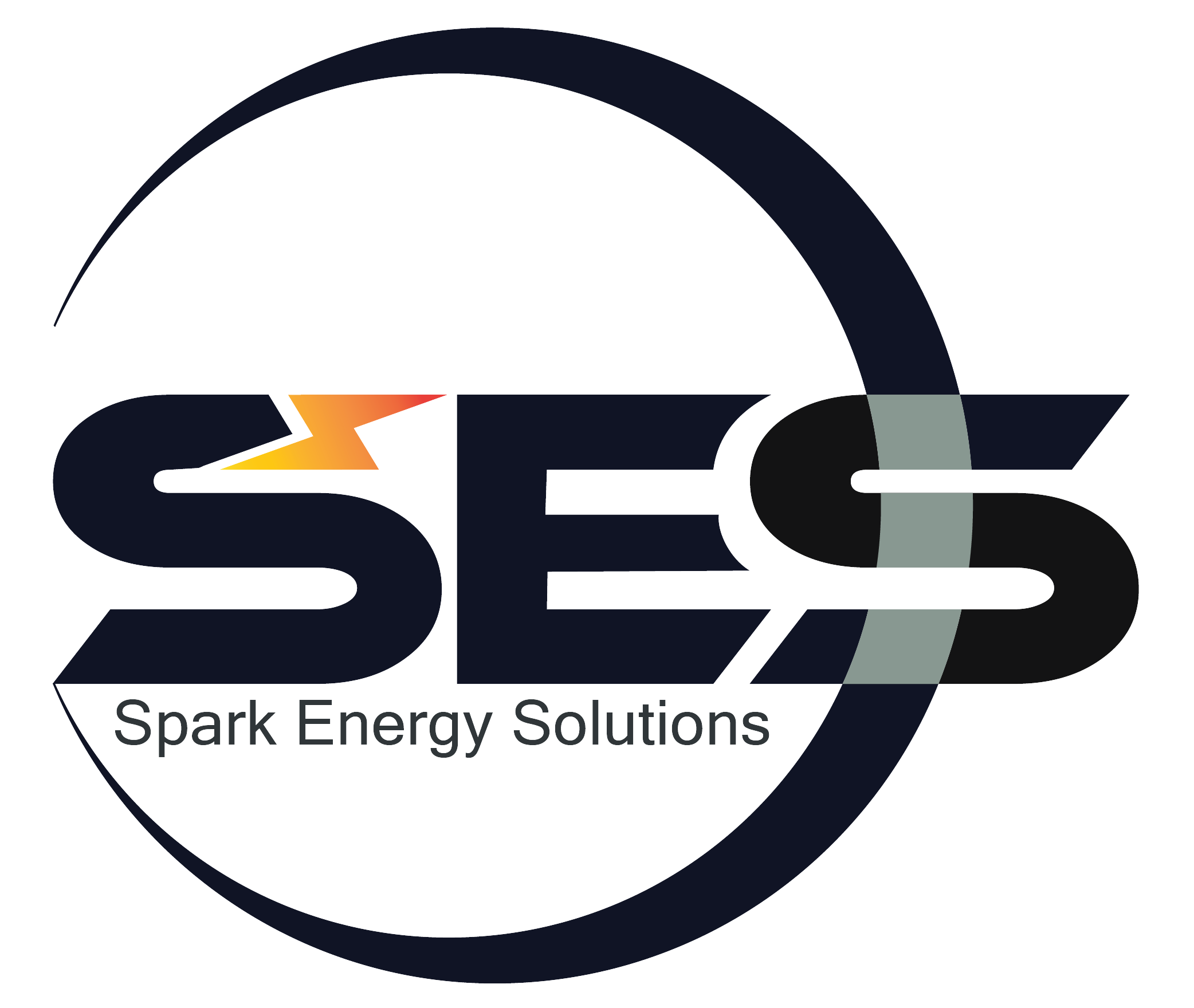

Asset finance is a lending option that enables
businesses to spread the cost of purchasing assets that can be recorded on the balance
sheet. This includes high-value items like plant machinery and vehicles, as well as
office equipment, fixtures, fittings, and software.
Certain types of asset finance, such as hire purchase, finance leases, and operating
leases, allow you to rent equipment for a fixed period. Others offer the flexibility to
purchase assets through installment payments. Additionally, asset financing can be used
to unlock cash from equipment your business already owns.
There are various types of asset finance, each
functioning differently to suit different business needs. Here are some options your
business can consider:
Hire purchase: Commercial hire purchase allows businesses to acquire assets by
spreading the cost over time through installment payments. However, ownership of the
asset remains with the lender until the full repayment is made.
Under this arrangement, the lender purchases the equipment on your behalf and retains
ownership throughout the repayment period. Despite not owning the asset during this
time, its full value appears on your balance sheet, and you are responsible for its
maintenance and insurance.
While business hire purchase typically involves higher monthly payments compared to
other asset financing options, you gain full ownership of the asset once the agreement
ends. This financing method is commonly used for high-value items like vehicles and
machinery, which often retain resale value after the contract concludes.
Refinancing: If your business owns valuable assets but needs a cash boost,
refinancing allows you to unlock capital tied up in existing equipment. In this
arrangement, the lender purchases your asset and then leases it back to you.
The amount a lender offers is typically based on the equity your business holds, meaning
you may not need to fully own the asset to refinance it—for example, you might refinance
an asset still under a hire purchase agreement.
By refinancing, you receive a lump sum of cash while continuing to use the asset,
repaying the lender through fixed monthly installments. This can be a fast way to
improve cash flow, though it does mean relinquishing ownership of the asset to the
lender.
Finance lease: A finance lease is one of the two primary types of equipment
leasing agreements available in the UK. It offers similar benefits to a hire purchase
agreement, except the asset does not appear on your balance sheet.
With a finance lease, you can spread the cost of VAT over monthly repayments instead of
paying it upfront, making it a cost-effective option for small businesses. These leases
are typically long-term and last for most of the asset’s useful life. However, ownership
does not transfer to you at the end of the agreement.
Once the lease expires, you have several options: you can sell the asset and receive a
portion of the proceeds, return it to the lender, or extend the lease for an additional
period.
Operating lease: The second main type of equipment finance is an operating lease,
a short-term financing option similar to a standard rental agreement. It allows
businesses to lease equipment without committing to a long-term contract.
Operating leases provide greater flexibility compared to other asset finance solutions.
Like a finance lease, the leased equipment does not appear on your balance sheet. This
means you can use the asset for as long as needed without making a significant long-term
investment.
Every business has unique needs, so once we
understand how much you want to borrow and why, we’ll arrange a quick call to discuss
your requirements. Our tech-driven team leverages smart technology to explore asset
financing options and find the best solution for you.
Lenders typically require supporting documents to verify company turnover, which you can
upload to your account or share via an Open Banking connection. Once submitted, you can
track your application in real time.
With our iFunds platform, you can compare various business finance options before
applying, ensuring you secure the best rates from the Think Business Loans panel.
Once your application is approved, our team will manage the paperwork and ensure you
receive your funds as quickly as possible.
Asset finance can be used by any business with assets on its balance sheet, whether a limited company, public limited company, partnership or sole trader.
Although you can go directly to a lender to sort an asset finance arrangement, using a broker means you can quickly compare what’s on offer from a range of finance providers to find the solution that’s best for your business.
Asset finance can be used for almost anything. If it’s considered an asset
on a balance sheet, it can used as part of an asset finance agreement.
You can use asset financing to get hold of both new equipment or second-hand
assets and to release capital from items you already own.
The length of your asset finance agreement depends upon several factors, including the shelf life of the asset and how quickly the lender wants the money back. Agreements usually last for between one and seven years, and you’ll need to provide evidence that your business will be able to keep up with repayments.
Firstly, it allows you to protect your cash flow, as you can avoid paying
out large lump sums and split capital investments into a series of payments
spread over time.
Also, asset finance agreements tend to be quite flexible. They can be
adapted to suit your company’s cash flow and any seasonal shifts in income.
Another bonus is their predictability - this means you’ll know how much
you’ll be spending in the months ahead.
Because you pay interest to a lender, this can be more expensive than buying equipment outright. And while you won’t technically own the asset, you may still be responsible for maintenance and insurance costs. If you find you can’t make your monthly payments under an asset finance agreement, the lender will then be able to take the asset away.




Let the team at Think know how much you need to borrow and what you’ll use the finance for. They’ll use smart data to find out more about your business.
The team at Think will compare asset finance from a panel of providers – including high street banks and alternative lenders - to find the right finance for your business.
You then choose the loan you want. Think’s tech-enabled team will answer any questions you have and help with the application to improve your chances of approval.
We'll take care of the entire switch for you, notifying both your old and new suppliers while keeping you updated every step of the way.